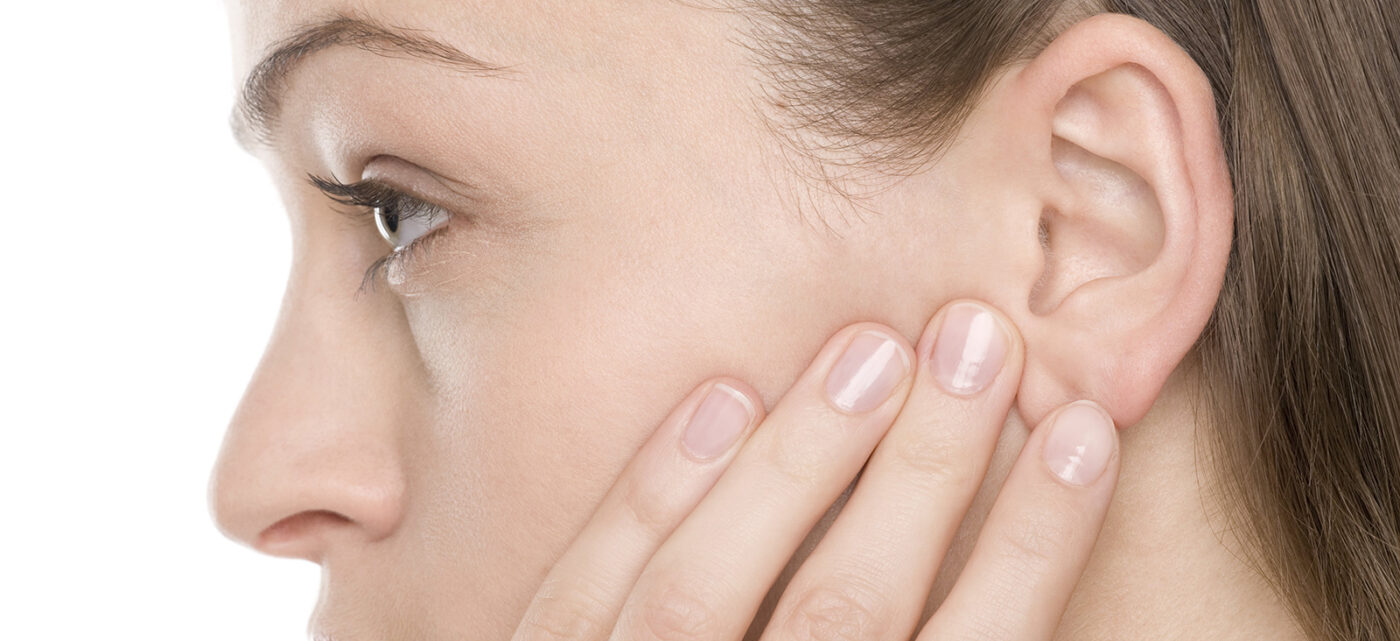Blog
What Is Acetic Acid Used for in Ear Drops? Benefits & Applications
Acetic acid is commonly used in ear drops to treat and prevent ear infections. It is particularly effective in managing external ear infections caused by bacteria and fungi. The purpose of acetic in ear drops is to create an acidic environment that inhibits the growth of microorganisms. But what makes it so effective, and how does it work? Let’s explore.
Understanding Acetic Acid in Ear Drops
Acetic acid is a weak acid, commonly found in vinegar, but when formulated correctly, it becomes a powerful ingredient in medical treatments. In ear drops, it is typically combined with other elements like propylene glycol or glycerin to soothe the ear canal while tackling infection. Its low pH level plays a crucial role in creating an environment hostile to bacteria and fungi.
Acetic Acid Ear Drops: Benefits, Usage, and Side Effects
How Acetic Acid Ear Drops Work
Acetic ear drops work by creating an acidic environment inside the ear canal. Most harmful bacteria and fungi cannot thrive in such an environment. This property makes it an effective treatment for mild to moderate external ear infections, especially in conditions like otitis externa or “swimmer’s ear.”
Benefits of Acetic Acid in Ear Drops
When it comes to ear health, acetic acid offers several advantages:
- Prevents bacterial growth: Acetic acid restricts the growth of bacteria in the ear canal, preventing infection from spreading.
- Reduces inflammation: It soothes the irritation caused by infections and reduces swelling in the ear canal.
- Relieves itching and discomfort: The drying effect of acetic acid relieves itching and discomfort associated with infections.
- Affordable treatment: Compared to other medications, acetic ear drops are cost-effective, making them accessible to many.
What Is Acetic Acid Used for in Ear Drops in Treating Otitis Externa?
Otitis externa, commonly known as “swimmer’s ear,” is a common infection of the outer ear canal. The condition occurs due to moisture trapped in the ear, leading to bacterial and fungal growth. Acetic ear drops are often prescribed as a primary treatment for this condition. They help restore the ear’s normal acidity, minimizing the chance of bacteria or fungi multiplying.
When Should You Use Acetic Acid Ear Drops?
Acetic ear drops are recommended when experiencing mild symptoms of ear infections such as itching, mild pain, or the sensation of ear fullness. However, for serious infections or prolonged symptoms, consulting a healthcare provider is essential.
How to Use Acetic Acid Ear Drops Safely
Using ear drops correctly is crucial for effective treatment. Follow these steps for safe and efficient use:
- Clean your hands: Always wash your hands before applying ear drops to avoid introducing more bacteria.
- Tilt your head: Tilt your head to the side, or lie down with the affected ear facing up.
- Gently pull the ear: For adults, pull the ear backward and upward. For children, pull it backward and downward.
- Drop the solution: Follow the prescribed dosage and let the drops fall into the ear canal.
- Keep the head tilted: Stay in that position for a few minutes to allow the solution to reach the infection.
Side Effects and Precautions
While acetic ear drops are safe for most people, some may experience mild side effects such as:
- Irritation or burning sensation: This is usually temporary and subsides quickly.
- Mild itching: The drops may cause minor itching in some cases.
If you notice persistent discomfort or pain, consult your healthcare provider. Do not use acetic ear drops if you have a perforated eardrum or any history of allergic reactions to acetic acid.
What Is Acetic Acid Used for in Ear Drops to Prevent Ear Infections?
Preventing ear infections is another common use for acetic ear drops. People who are prone to recurring ear infections, such as swimmers, can benefit from using these drops as a preventive measure. By maintaining an acidic environment in the ear canal, acetic acid reduces the likelihood of infection.
Tips for Preventing Ear Infections
- Keep your ears dry: Avoid exposing your ears to excess moisture, especially if you swim regularly.
- Use earplugs: Wear earplugs when swimming to prevent water from entering the ear canal.
- Dry ears thoroughly: Use a towel or blow-dry your ears on a low setting after exposure to water.
What Is Acetic Acid Used for in Ear Drops for Post-Surgery Care?
Acetic ear drops are also used to care for the ear after surgical procedures. After ear surgeries, such as tympanoplasty or stapedectomy, patients may need to use ear drops to prevent infections. Acetic acid helps keep the ear canal free from harmful bacteria and fungi, reducing the risk of complications during recovery.
Importance of Post-Surgery Ear Care
Post-surgery care is crucial for avoiding infections and promoting healing. Patients should follow their doctor’s instructions regarding the use of acetic ear drops and keep the ear canal clean and dry.
How Long Should You Use Acetic Acid Ear Drops?
The duration of using acetic ear drops varies depending on the condition being treated. Typically, it is recommended to use the drops for 7 to 10 days, but this may differ based on the severity of the infection. Always follow your doctor’s advice regarding dosage and duration.
Follow us on Facebook!

